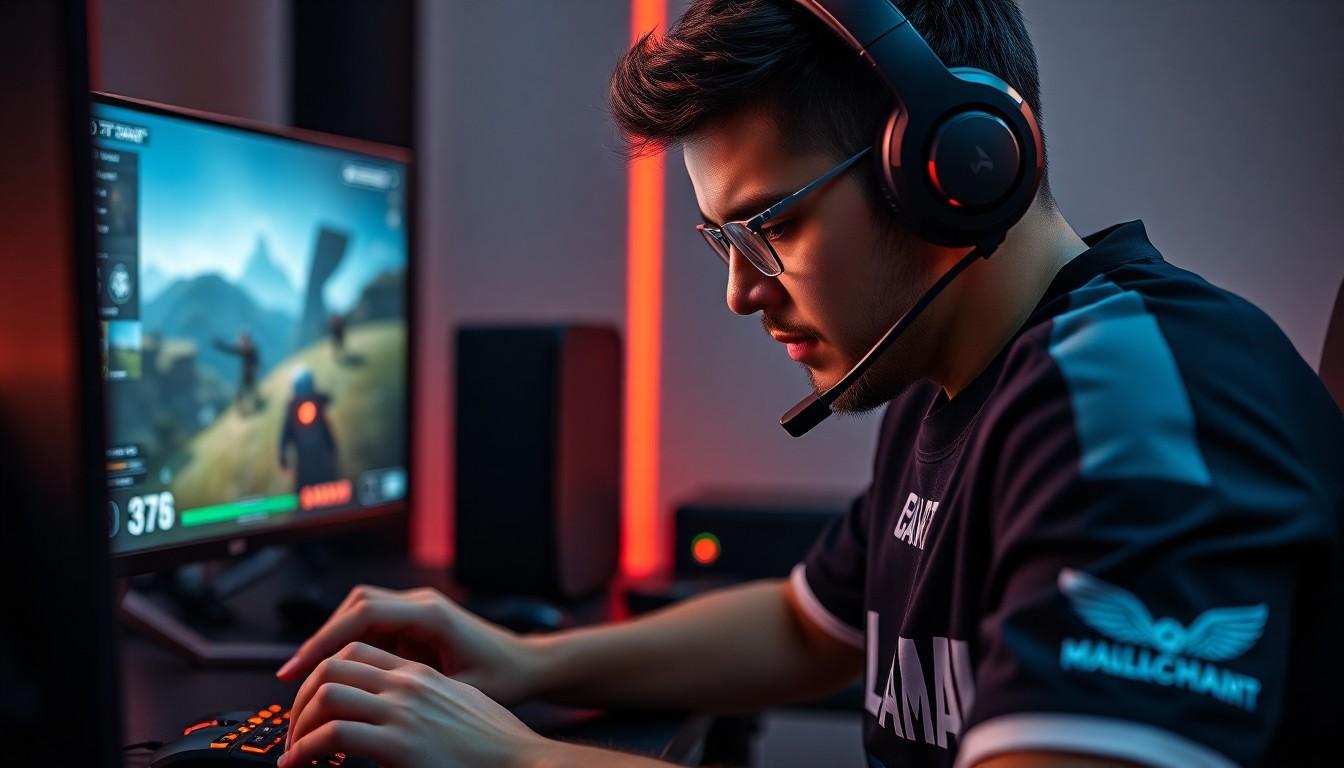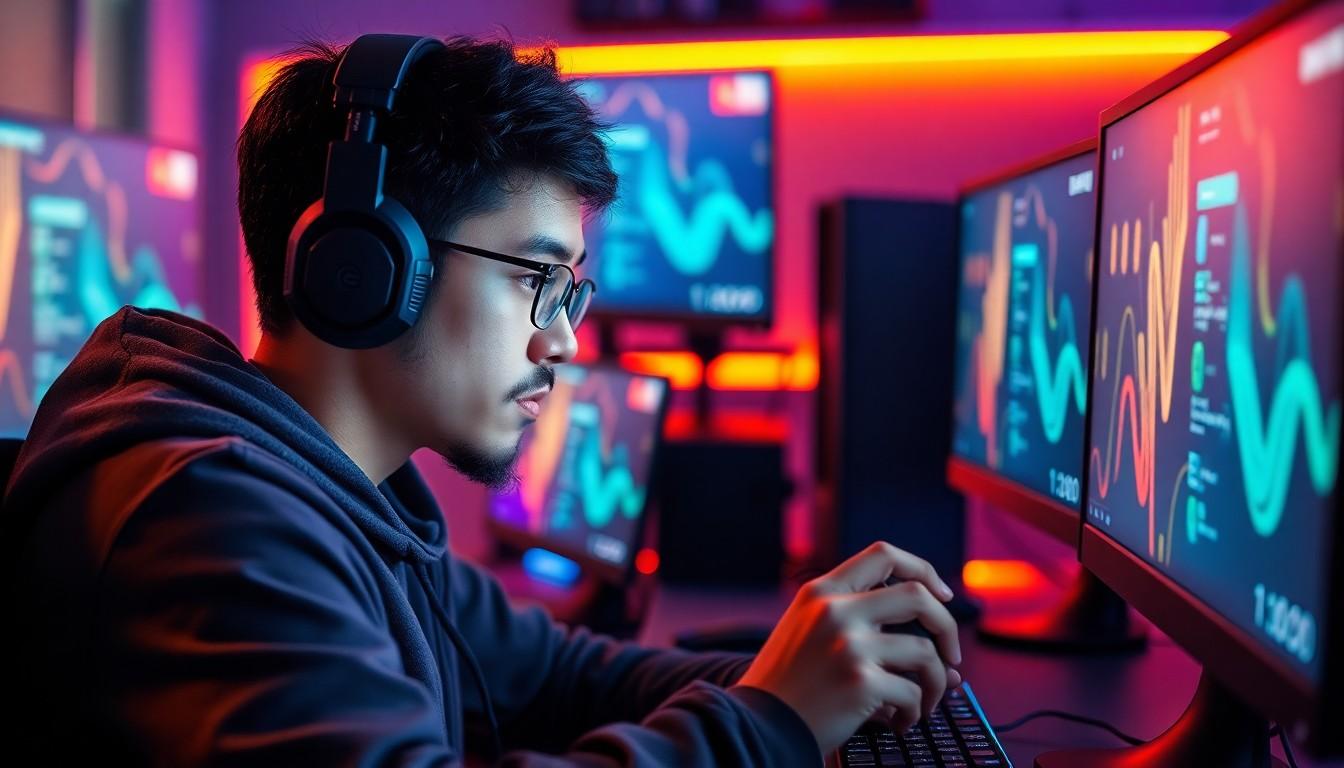In the fast-paced world of Valorant, every millisecond counts, and your sensitivity settings could be the difference between a glorious ace and a tragic fail. Pro players have mastered the art of precision, and their secret weapon? The perfect sensitivity. If you’ve ever wondered how they seem to land headshots with laser-like accuracy while you’re still trying to figure out which way is up, you’re in for a treat.
Understanding pro sensitivity settings isn’t just about copying what the top-tier players do. It’s about finding that sweet spot where comfort meets control. In this article, we’ll dive into the nitty-gritty of Valorant pro sens, exploring how the pros fine-tune their settings to achieve gaming greatness. Get ready to level up your game and maybe even impress your friends—because who doesn’t want to look like a gaming god while having fun?
Overview of Valorant Pro Sens
Sensitivity settings in Valorant play a crucial role in determining gameplay effectiveness. Professional players fine-tune their sensitivity to achieve exceptional aim and movement precision. These settings vary greatly among pros, reflecting individual playstyles and preferences that enhance their in-game performance.
Common pro sensitivity values usually fall within specific ranges. Most players use a sensitivity between 0.35 and 1.00 for in-game mouse sensitivity. DPI settings often hover around 400 to 800, providing a controlled experience for aiming. Players like TenZ and Shroud provide excellent examples of how different sensitivities can complement unique playstyles.
Many pros emphasize comfort in their sensitivity settings. Finding the right balance leads to improved muscle memory and quicker reflex responses. Gamers shouldn’t merely copy pro configurations but should adjust settings to suit personal gameplay. Variations in grip style and monitor size also influence the optimal sensitivity.
Consistency in practice contributes to mastery of sensitivity settings. Training routines should include scenarios that require precision aiming, such as headshot drills and practice ranges. Using aim trainers or Valorant’s shooting range can help players adapt their sensitivity more effectively.
Analyzing professionals’ gameplay offers valuable insights into the impact of sensitivity. Watching streams or tutorials provides a clearer understanding of how sensitivity settings affect gameplay dynamics. Ultimately, knowledge of Valorant pro sensitivities equips players with strategies to elevate their overall performance.
Importance of Sensitivity Settings

Sensitivity settings in Valorant directly influence a player’s performance, impacting precision and overall gameplay. The choice of sensitivity determines how effectively players can aim and react in critical situations.
Impact on Gameplay
Selecting the right sensitivity setting affects aiming speed and accuracy. A higher sensitivity allows for quick movements, beneficial for fast-paced engagements. Lower sensitivity, on the other hand, enhances precision, ideal for long-range encounters. Many professional players find a balance between rapid movement and accurate shots, leading to significant in-game advantages. With sensitivity values maintained between 0.35 and 1.00 and DPI settings often at 400 to 800, players see improved muscle memory. For instance, TenZ’s settings complement his aggressive playstyle while still maintaining precise aim.
Personalization and Preferences
Personalization plays a crucial role in selecting sensitivity settings. Each player’s comfort level varies, influencing their overall efficiency. Preferences in sensitivity reflect individual playstyles and muscle memory development. Players can experiment with different settings to find what feels right, balancing comfort with control. Some may prioritize speed for rapid reflexes, while others focus on stability for pinpoint accuracy. Adjusting sensitivity settings based on personal experiences fosters better adaptation to in-game situations, enhancing their overall performance in Valorant.
Popular Valorant Pro Sens Settings
Sensitivity settings among professional Valorant players often reflect individual gameplay styles and preferences. Analyzing these settings reveals trends and variations that can help players optimize their own performance.
Player Comparisons
TenZ typically utilizes a sensitivity of 0.40 with a DPI of 800, enhancing his fast-paced, aggressive gameplay. In contrast, Shroud prefers a setting of 0.55 at the same DPI, allowing for precise aiming during his more methodical playstyle. Other professionals, like Derke, adopt a sensitivity of 0.51, balancing speed and precision effectively. Each of these players showcases how unique settings suit different approaches, demonstrating the importance of personalization in achieving high-level performance.
Trends in Sensitivity Choices
Through the analysis of various professional players, a notable trend appears in sensitivity settings. Most players gravitate toward values between 0.40 and 0.70, with many choosing a DPI of 800. This trend emphasizes a balance between quick reflexes and accurate aiming. Additionally, players are increasingly opting for lower sensitivities, which aid in long-range encounters, while maintaining efficient tracking capabilities in close-quarters situations. Such patterns highlight the evolving nature of competitive play in Valorant.
How to Choose Your Valorant Pro Sens
Finding the right sensitivity settings significantly influences gameplay in Valorant. Players should carefully assess various elements to determine a suitable sensitivity.
Factors to Consider
Game style dictates sensitivity preferences. Aggressive players often aim for lower sensitivity settings, while more methodical players may prefer slightly higher values. Comfort plays a vital role; numerous professional players gravitate toward settings between 0.40 and 0.70, typically using a DPI of 800. Muscle memory benefits from practicing at consistent sensitivity levels, enhancing overall precision. An accurate portrayal of personal preferences matters, as experimenting with different settings can uncover the best match for unique playstyles.
Testing and Adjustment Techniques
Begin by selecting a baseline sensitivity, ideally between 0.35 and 1.00. Afterward, practice in the shooting range, focusing on precision aiming drills. Gradually modify settings based on comfort; small adjustments can lead to better performance. Continuous feedback is crucial; recording gameplay sessions helps identify areas for improvement. Review different pro players’ setups for inspiration, but prioritize personal comfort over imitation. Regular testing and refining yield significant advancements in aiming capabilities, enabling players to perform more effectively in matches.
Conclusion
Finding the right sensitivity settings in Valorant can be a game-changer for players looking to elevate their performance. By understanding the nuances of pro sensitivities and how they align with individual playstyles, players can make informed choices that enhance their gameplay.
Focusing on comfort and control is essential as it leads to better muscle memory and quicker reflexes. Regular practice and experimentation with different settings will help players discover what works best for them. Ultimately, a personalized approach to sensitivity not only boosts aiming accuracy but also contributes to overall success in matches.

